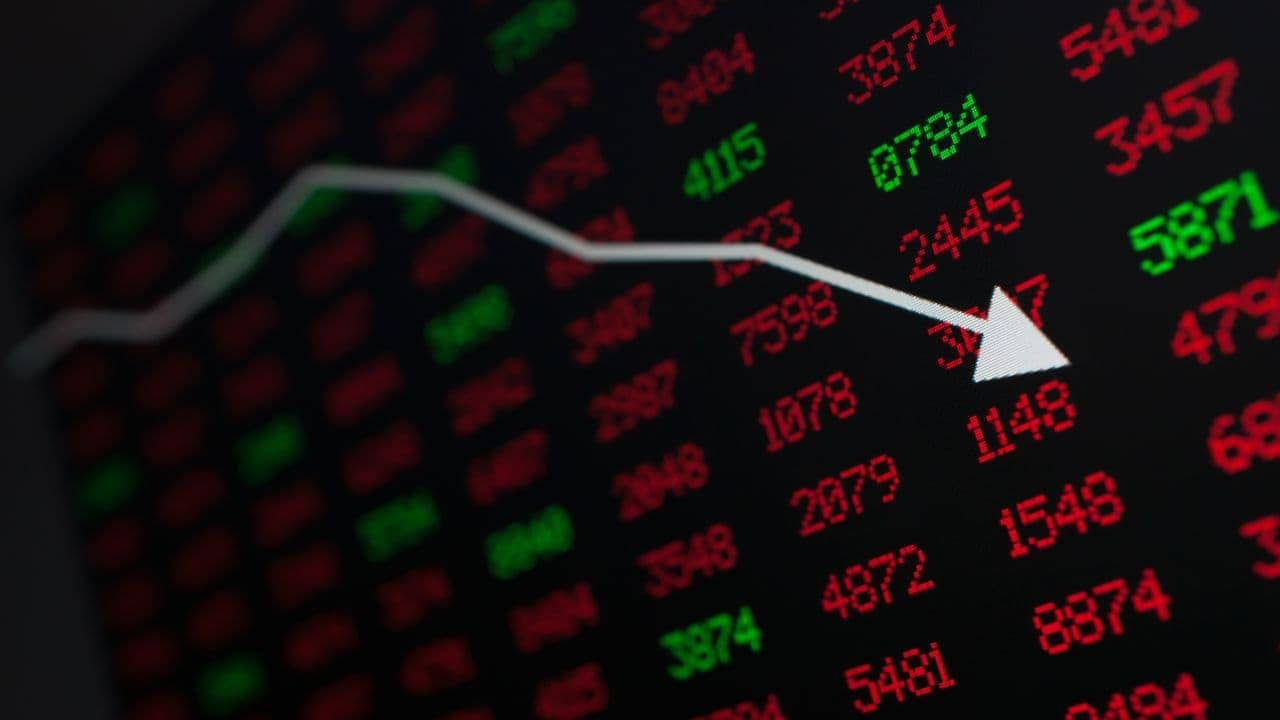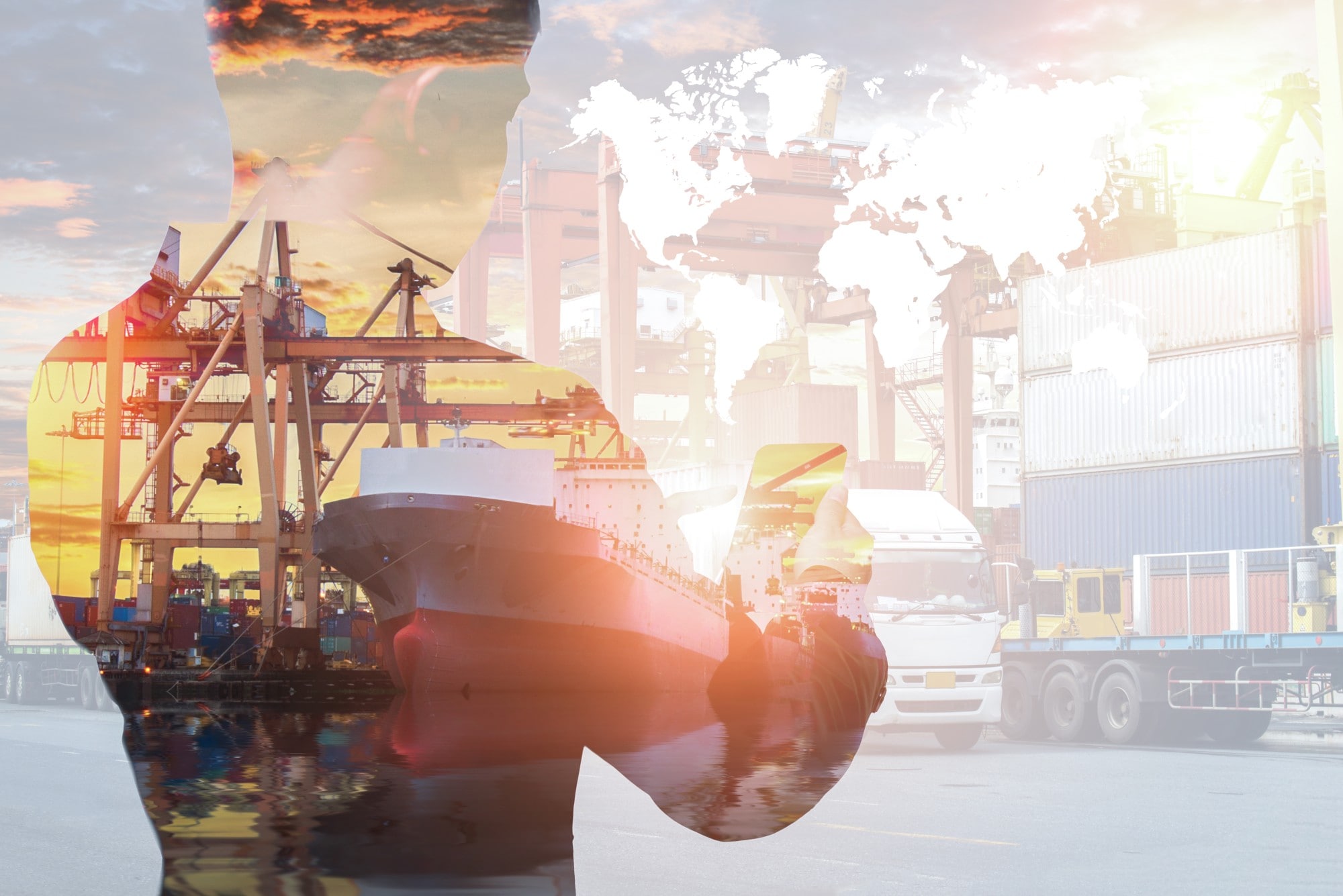Advertisement|Remove ads.
Top 10 Global Business Risks for 2025: Cyber threats, economic pressure and geopolitical volatility lead the list
Aon’s Global Risk Management Survey reveals the top 10 global risks shaping today’s business landscape. From cyber threats and geopolitical volatility to supply chain disruptions and regulatory change, the survey highlights how risks are becoming more complex and interconnected. The report also states how organisations can move beyond reactive strategies and adopt proactive, data-driven approaches to build resilience and turn uncertainty into opportunity.


Cyber Risk | Cyber risk is the top global threat in 2025 and is projected to hold that spot through 2028, with the average cost of a data breach reaching $4.88 million last year. While AI-driven attacks are fuelling a surge in phishing, ransomware and deepfakes, organisations that use AI for defence report savings of $2.22 million per incident. With 89% of companies having response plans but 14% still reporting losses, cyber resilience is now a board-level priority that can make or break business continuity.

Business Interruption | Ranked as the second-biggest global risk in 2025, business interruption reflects the growing impact of cyber attacks, natural disasters and geopolitical conflicts, which can ripple across entire supply chains. In 2024 alone, natural disasters caused $368 billion in damage, with 60% uninsured. Despite 77% of companies reporting continuity plans, 31% still suffered losses last year — showing that preparedness often lags behind evolving threats. Diversifying suppliers, embedding geopolitical insight and continuously updating risk strategies are now essential to absorb shocks in a hyper-connected economy.

Economic Showdown | Economic slowdown ranks as the third-biggest global risk in 2025 and is expected to climb to second place by 2028. Trade tensions, inflation and geopolitical instability are reshaping demand, raising capital costs and straining profitability. In the past year, 54% of companies reported losses from this risk, yet only 37% had response plans and just 15% quantified their exposure.

Regulatory and Legislative Change | Ranked as the fourth-biggest global risk in 2025, regulatory and legislative change reflects fast-moving shifts in sustainability, technology, trade and workforce policies. Nearly 29% of companies suffered losses from this risk last year, yet fewer than half have formal response plans and only 12% have quantified exposure. From the EU’s AI Act and pay transparency directive to tightening data privacy laws worldwide, compliance demands are rising — and organisations that invest in regulatory intelligence, workforce training and proactive advocacy can turn compliance into opportunity.

Increasing Competition | Ranked as the fifth-biggest global risk in 2025 — and projected to climb to number three by 2028 — increasing competition is being fuelled by rapid technological disruption, talent shortages and shifting geopolitical dynamics. Despite 44% of organisations having response plans in place, 43% still reported losses from this risk in the past year, underscoring the gap between planning and resilience. With AI reshaping business models, the war for skilled talent escalating, and supply chains under pressure from geopolitical shifts, companies must embrace agility, invest in digital transformation, and prioritise human capital to avoid being outpaced and rendered obsolete.

Commodity Prices | Ranked as the sixth-biggest global risk in 2025 and expected to rise to fourth by 2028, commodity price volatility and raw material shortages are straining global supply chains amid geopolitical tensions, tariffs and climate disruption. Despite 60% of organisations claiming preparedness, 47% still reported losses last year, with only 17% quantifying exposure. From surging energy and food costs to shortages of critical minerals for renewable energy, volatility continues to squeeze margins and disrupt growth.

Supply Chain Disruption Or Distribution Failure | Ranked seventh globally in 2025 and expected to drop to twelfth by 2028, supply chain disruption continues to challenge organisations as extreme weather, infrastructure collapse, strikes, cyber threats and overreliance on single suppliers converge. Despite 61% of companies having response plans, 28% still reported losses last year, highlighting persistent vulnerabilities.

Damage To Reputation | Ranked eighth globally in 2025 and projected to fall to nineteenth by 2028, reputational damage remains a fast-moving threat in a world of social media amplification, AI-enabled cyber attacks and rising ESG scrutiny. While 53% of organisations have response plans, only 12% have quantified this risk, highlighting persistent vulnerabilities. Effective management requires integrating reputation risk into enterprise strategy, using advanced analytics and social monitoring, engaging stakeholders proactively, and preparing leaders with crisis protocols to safeguard trust, operations and long-term enterprise value.

Geopolitical Volatility | Ranked ninth globally in 2025 and projected to rise to fifth by 2028, geopolitical volatility is surging as elections, regional conflicts, trade tensions and economic pressures reshape the business landscape. With only 33% of organisations prepared and 37% reporting losses in the past year, scenario planning, risk transfer solutions, and real-time monitoring are critical. Businesses that continuously assess operational exposure, diversify supply chains, foster resilience and act with agility are best positioned to withstand instability, safeguard continuity, and capitalise on emerging opportunities in an unpredictable world.

Cash Flow And Liquity Risk | Re-entering the top ten global risks in 2025 and expected to remain tenth by 2028, cash flow and liquidity risk has become critical amid macroeconomic volatility, trade disruptions and competitive pressures. While 81% of organisations have plans in place, 29% reported losses in the past year, highlighting the ongoing challenge.
Read about our editorial guidelines and ethics policy

/filters:format(webp)https://news.stocktwits-cdn.com/large_Trading_Floor_jpg_740cf0587e.webp)
/filters:format(webp)https://st-everywhere-cms-prod.s3.us-east-1.amazonaws.com/shanthi_v2_compressed_98c13b83cf.png)
/filters:format(webp)https://news.stocktwits-cdn.com/large_Getty_Images_2238514283_jpg_d0f6e56758.webp)
/filters:format(webp)https://st-everywhere-cms-prod.s3.us-east-1.amazonaws.com/Sourasis_Bose_Author_Image_939f0c5061.jpg)
/filters:format(webp)https://news.stocktwits-cdn.com/IPO_resized_june_jpg_6d9cc8b376.webp)
/filters:format(webp)https://news.stocktwits-cdn.com/IMG_8805_JPG_6768aaedc3.webp)
/filters:format(webp)https://images.cnbctv18.com/uploads/2025/08/shutterstock-2162617539-2025-08-b6396e634f55857935c2208abb72fdf6-scaled.jpg)
/filters:format(webp)https://st-everywhere-cms-prod.s3.us-east-1.amazonaws.com/cnbctv18logo.png)
/filters:format(webp)https://news.stocktwits-cdn.com/large_Rising_chart_jpg_afe9e31de1.webp)
/filters:format(webp)https://news.stocktwits-cdn.com/Revised_Profile_JPG_0e0afdf5e2.webp)
/filters:format(webp)https://images.cnbctv18.com/uploads/2025/09/pti09-03-2025-000483b-2025-09-aaed1974b7eef916d0dba00de20e39e7.jpg)